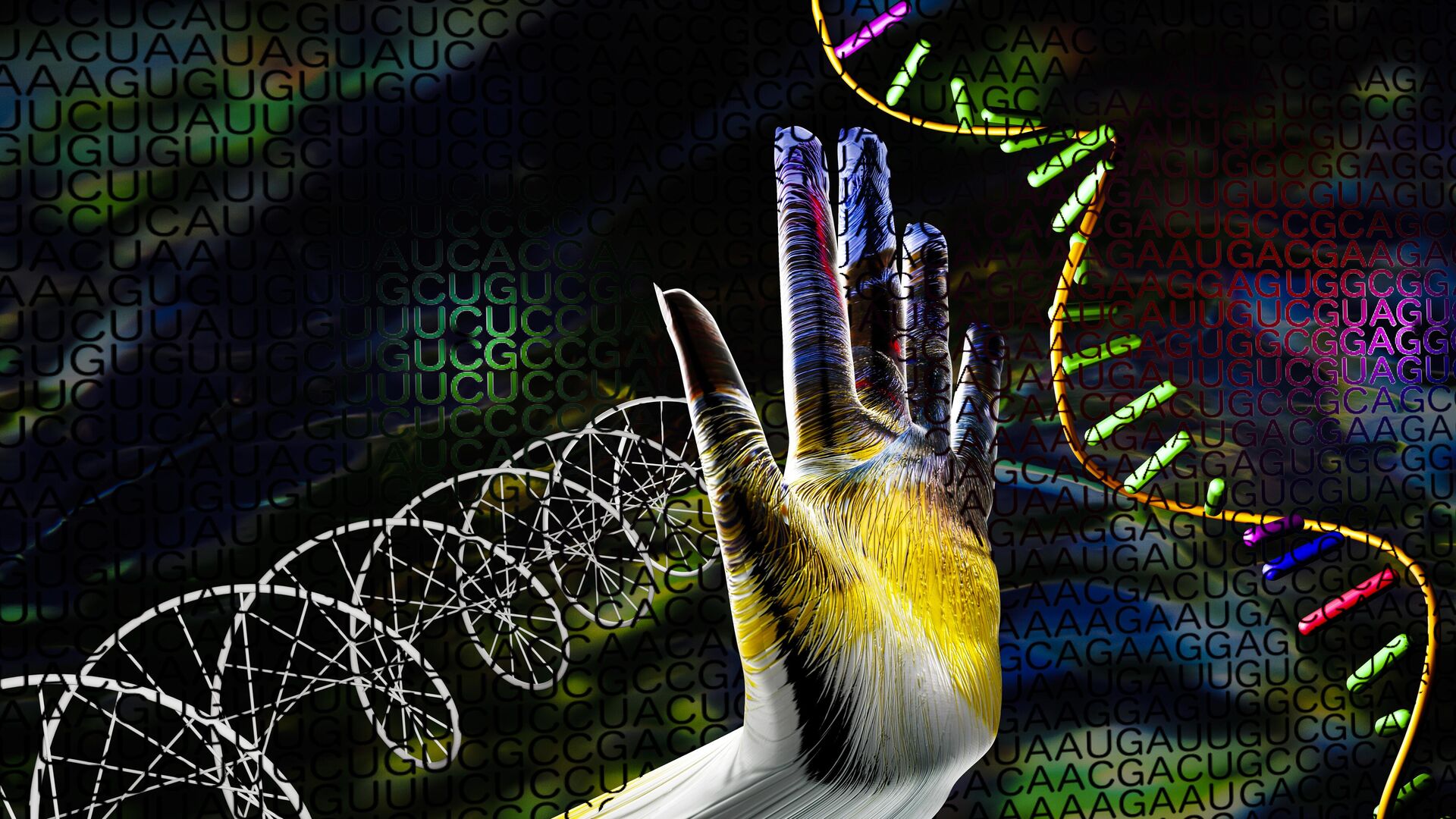
MOSCOW, December 6Vyatka State University scientists have developed a new algorithm for identifying palm vein patterns for biometric authentication systems. According to the authors of the development, it will reduce the cost of production of such systems without loss of quality. The results are published in the collection «2023 25th International Conference on Digital Signal Processing and its Applications (DSPA)».
Today, biometric authentication systems are used in many areas, for example, to control physical access to buildings or individual premises, or for admission to various information resources — systems, applications, databases.
Palm vein authentication is a technology that uses the vascular bed of the saphenous veins as biometric characteristics. Since the patterns of the palm veins are individual, they allow you to identify a specific person.
Scientists at Vyatka State University (VyatSU) note that this method is considered safe and reliable. It is completely contactless and does not require video recording of a person or his face. That is, it can be used in situations with special hygiene or privacy requirements.
Currently, the domestic market offers equipment for biometric authentication based on palm vein patterns from different manufacturers. Modern scanners are easily integrated into enterprise access control and management systems, but are not suitable for private use in standalone authentication systems, since they require large computing power and are quite expensive.
VyatSU scientists have set themselves the task of reducing the cost of using such systems. In their opinion, the development of autonomous modules based on single-board computers will reduce the cost of computing resources while maintaining efficiency at the level of neural network algorithms.
“Authentication by the pattern of palm veins is based on obtaining a template when photographing the outside or inside of the hand with an infrared (IR) camera. The pattern of the veins becomes visible due to the fact that hemoglobin absorbs IR radiation and the veins become visible in the camera,” said Associate Professor of the Department of Radioelectronics funds of Vyatka State University Natalya Kharina.
According to her, the software creates, based on the data received, some digital representation of the original image (biometric template). User authentication is carried out by comparing the biometric template received from the scanner with a set of standards stored in the database.
The more accurate the match between the pattern on the incoming template and the database standard, the more likely the incoming user is who he claims to be. The more accurately the algorithm identifies the pattern of veins, the higher the correct authentication and the lower the probability of letting in a “stranger” and not letting in a “friend.”
«As a result, the requirements for computing resources of hardware platforms of biometric authentication systems are reduced. This will help reduce the cost of producing a system with the same operational characteristics as similar ones based on neural network algorithms. The scale of savings greatly depends on the characteristics of the system, but we can definitely say that savings on hardware resources will be a multiple,” noted Kharina.
The development is based on the application of the theory of conditional Markov processes, which allows the use of information redundancy inherent in any image, including a biometric template.
Currently, scientists are working on the task of creating a family of computer vision algorithms with low requirements for computing resources for various recognition, segmentation and classification tasks. Solving these problems will make it possible to integrate a set of powerful video analytics tools into a small all-in-one box.
The research was conducted by the university on an initiative basis as part of the implementation of the Priority 2030 state support program for universities in the Russian Federation.

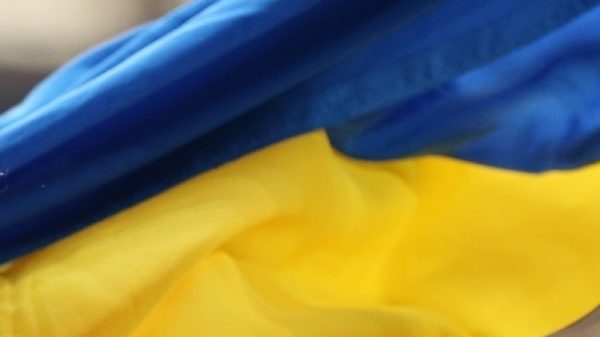
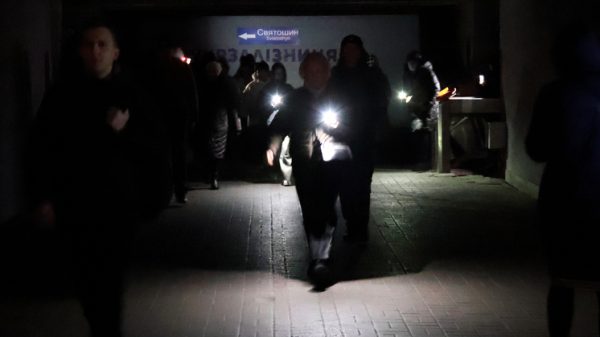


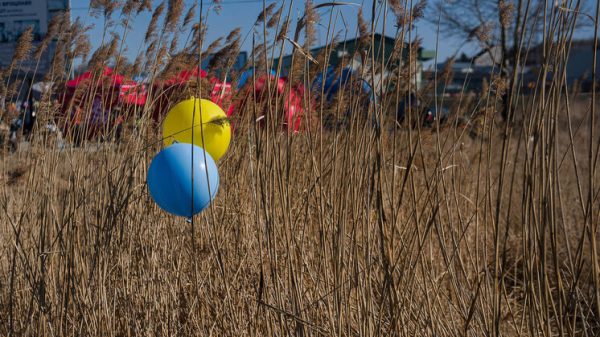

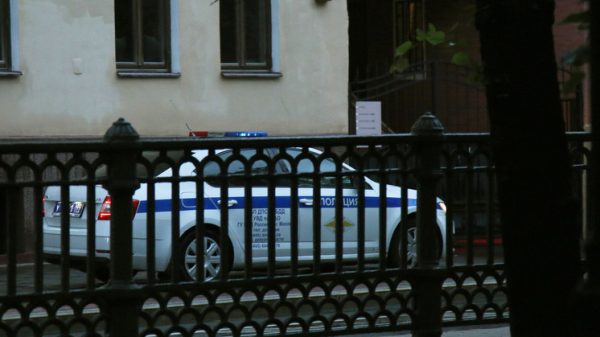
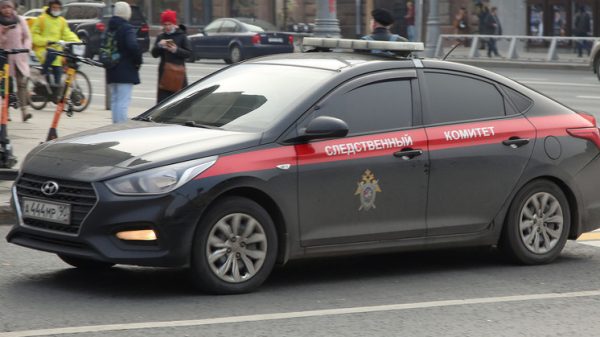

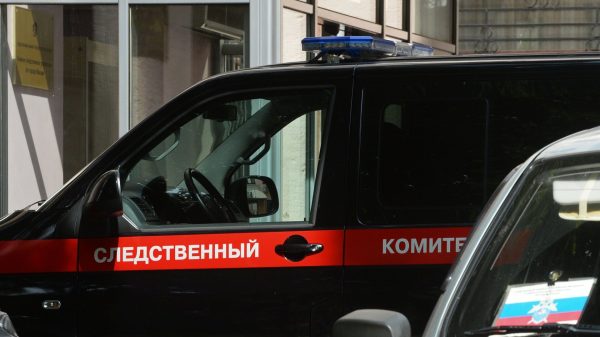
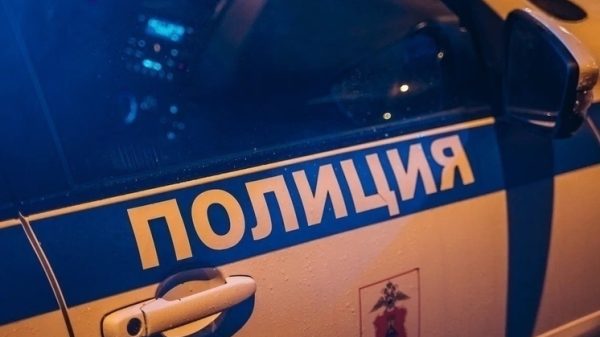


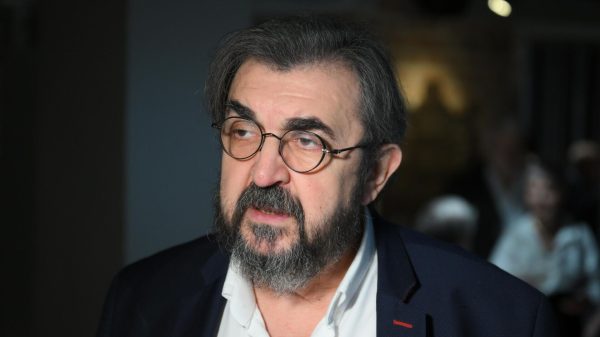
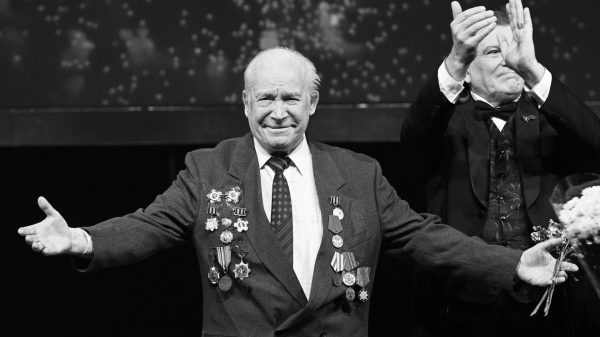
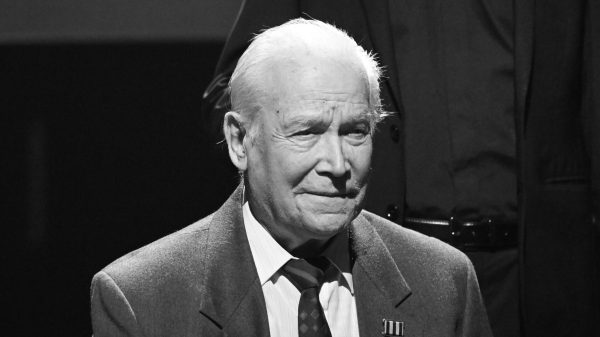


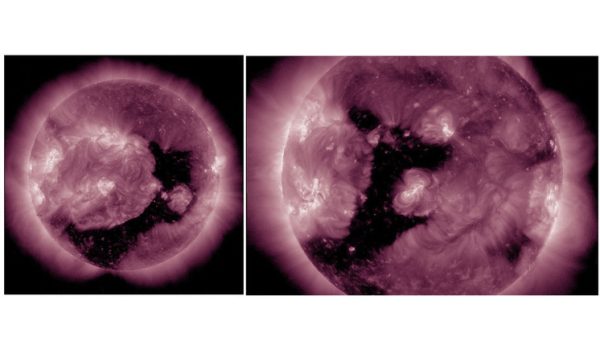

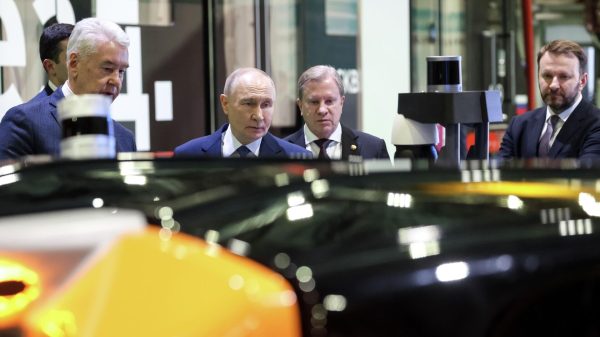





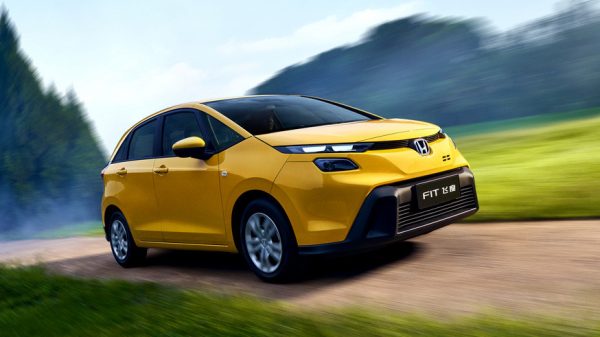










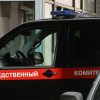
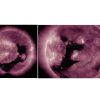


















Свежие комментарии